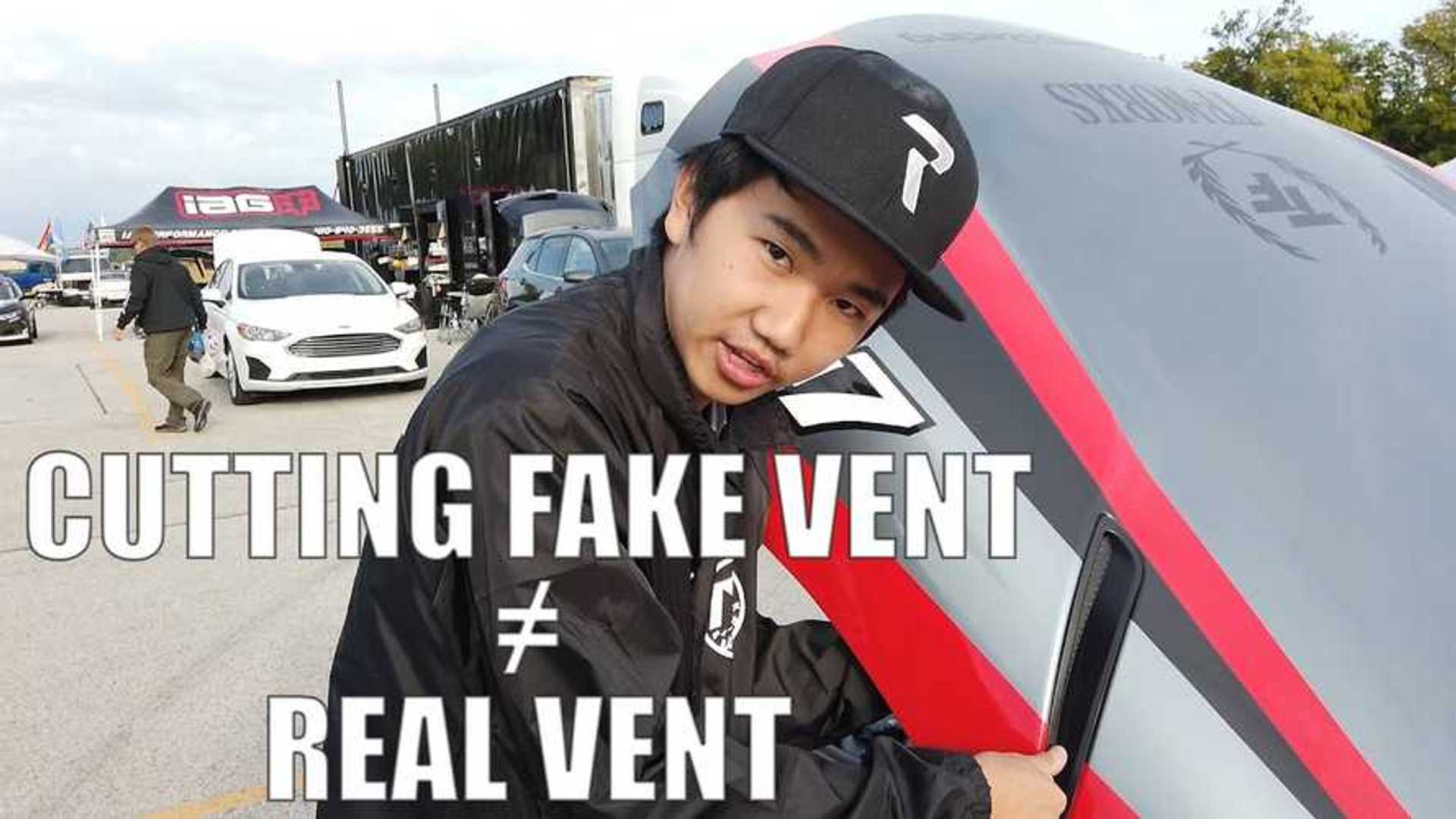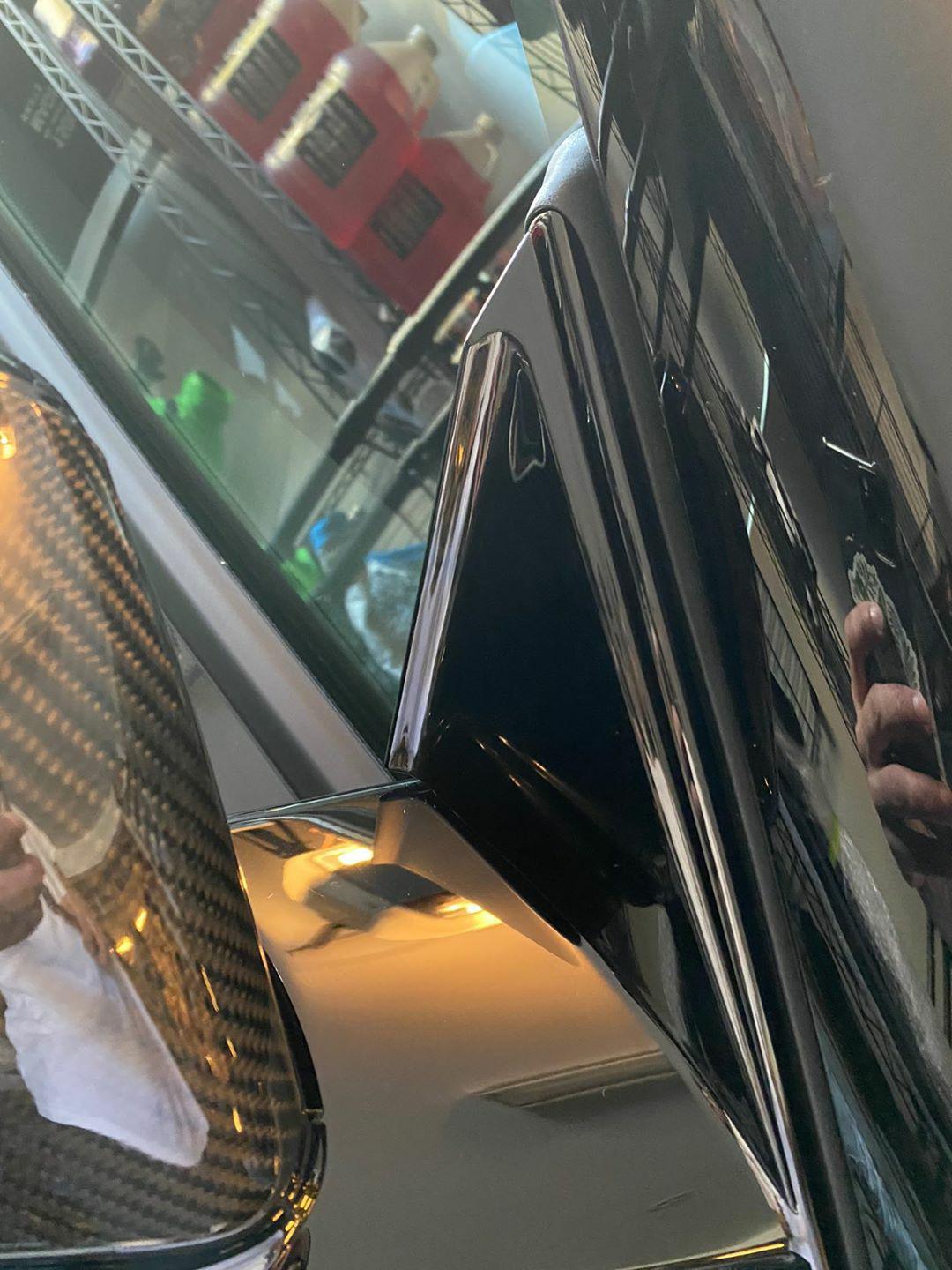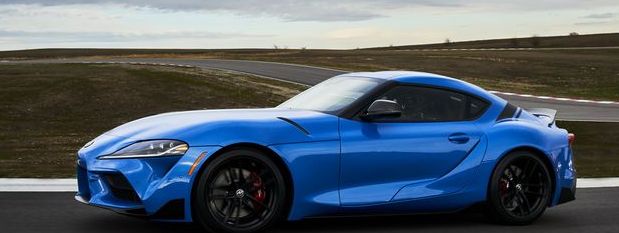You Can't Drive the Toyota Supra With the Windows Down
With both windows down, the Supra's wind buffeting is unbearable. It's an infuriating defect that's particularly frustrating in a sports car meant for joyrides.
A Supra showed up on my doorstep last week—the new 2.0-liter four-cylinder model, which you can read about here. It came at an opportune time. After months of dreary cold, the weather in New York City was starting to feel positively spring-like. I don't need to tell you that the past few months living in NYC have been challenging. So I relished the opportunity to hop in a sports car and spend a few blessed hours beyond the walls of my apartment, cruising some country roads on a glorious sunny day.
That daydream fell apart in the first five minutes of my drive. And it's all due to a design flaw that I assume a company like Toyota could easily fix.
See, if you roll both of the Supra's windows all the way down, and you drive faster than 35 mph, you're greeted by some of the loudest, most intense wind buffeting I've ever experienced in a car—that cyclic, low-pitched WHUM-WHUM-WHUM noise that sounds like you're standing underneath a hovering helicopter.
It's positively maddening. Plenty of cars demonstrate this phenomenon at a certain speed, or with the windows opened to a specific position. You've probably noticed it in your car. It seems to happen most often when you crack a single rear window on a four-door vehicle, alleviated by cracking a window on the opposite side.
The Supra has two windows. The buffeting seems to happen any time you've got both of them open. Doesn't matter if they're cracked an inch or all the way down—if you're driving faster than neighborhood speeds, you're sitting in the middle of a Toyota-shaped Helmholtz resonance chamber. I drove myself crazy trying to find a window arrangement that would cut the buffeting, and the racket nearly made my girlfriend carsick. If a perfect setup exists—some combination of driver's-side window 73-percent open, passenger-side 89-percent closed—I could not find it.
I understand why this problem exists. Modern cars have to be as aerodynamically slick as possible to meet today's fuel economy demands. That means controlling the airflow over every inch of the car's surface. When you open a window, you're wrecking that carefully-controlled airflow. A designer can't account for all of the infinitely varied window positions you can achieve, devilish window-switch maestro that you are, so there will inevitably be a spot that creates some unpleasant noises.
In the Supra, it happens any time you've got both windows open. But the buffeting is at its worst with both windows rolled all the way down—you know, the way we all like to drive when the weather's nice out. It's a small detail that points to a misunderstanding of this car's purpose. A sports car isn't meant for purely pragmatic transportation. You wouldn't build a car like this, with wide sticky tires, paddle shifters, and an exhaust that lets out little thunderclaps on deceleration, if you didn't want people to use it for aimless joyrides and country-road blasts, the idle wandering we all enjoy.
The Supra doesn't allow you to rest your arm on the windowsill while you're driving. Maybe that's a small sacrifice to you. To me, it feels like a shirt collar you can't unbutton, a tie you can't loosen, a stereo that falls into screeching feedback at any volume above a polite murmur.
On a recent conference call with Toyota engineers, a fellow journalist asked about the wind buffeting. Toyota's answer: Owners don't seem to mind. The company has not received enough complaints through its customer hotline to raise concerns. Next question.
Maybe Toyota's hands are tied. Maybe there's no easy solution to the problem. Perhaps a fix would involve drastic changes to the car's profile, or rearranging structural components that cannot budge, or hurting the aero in a way that would cause cascading problems. Let's not forget that this car is made hand-in-hand with BMW—maybe solving the buffeting would require uncomfortable conversations between the two automakers. Who knows.
All I can tell you is, it's a defect that leads to huge disappointment. And in a car that's meant to bring pure, joyful driving excitement, that doesn't sit right with me.

www.motor1.com





